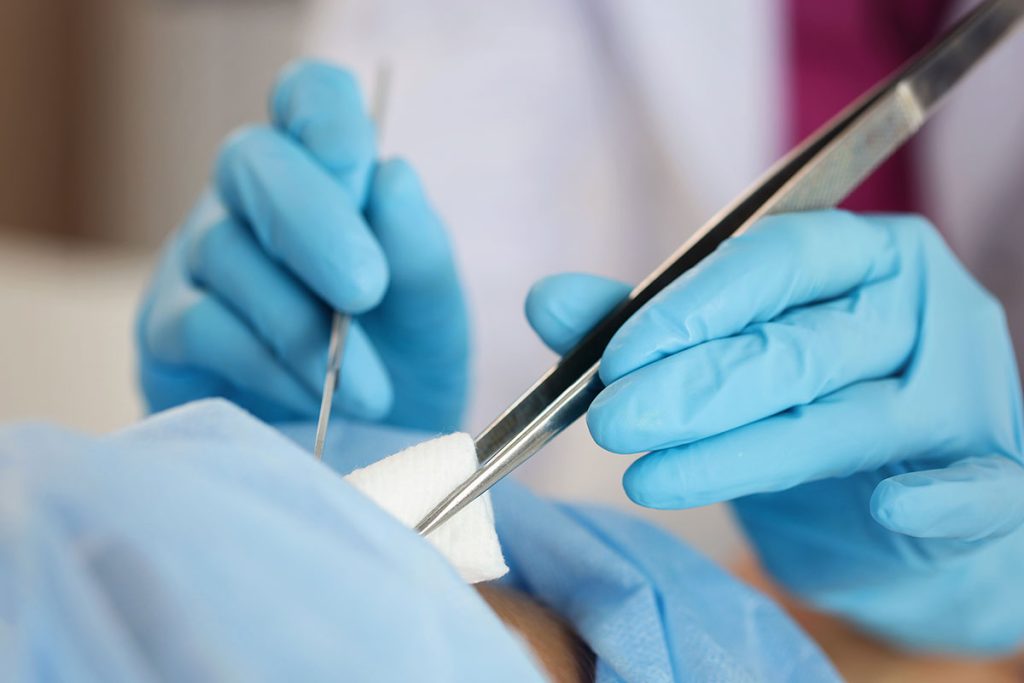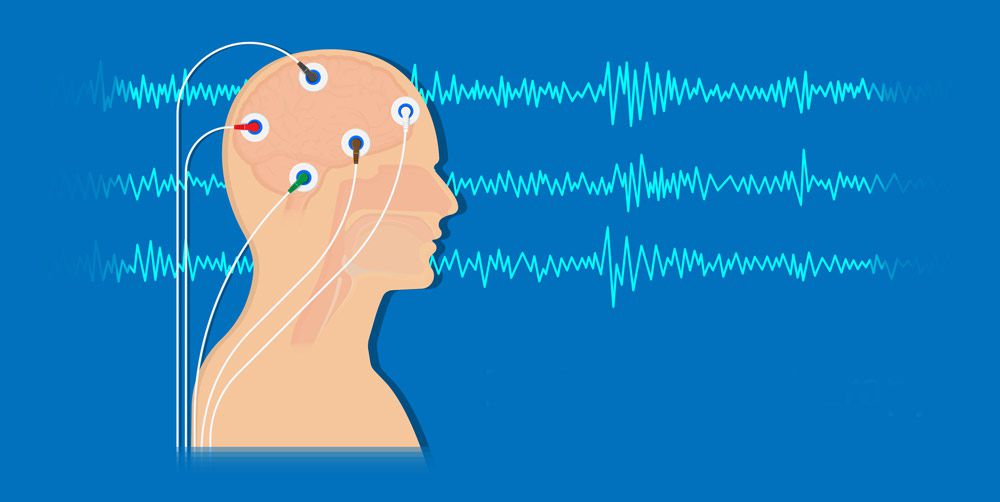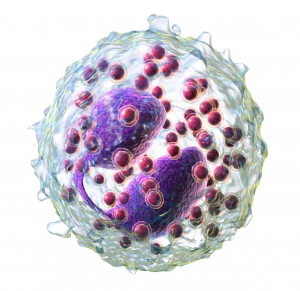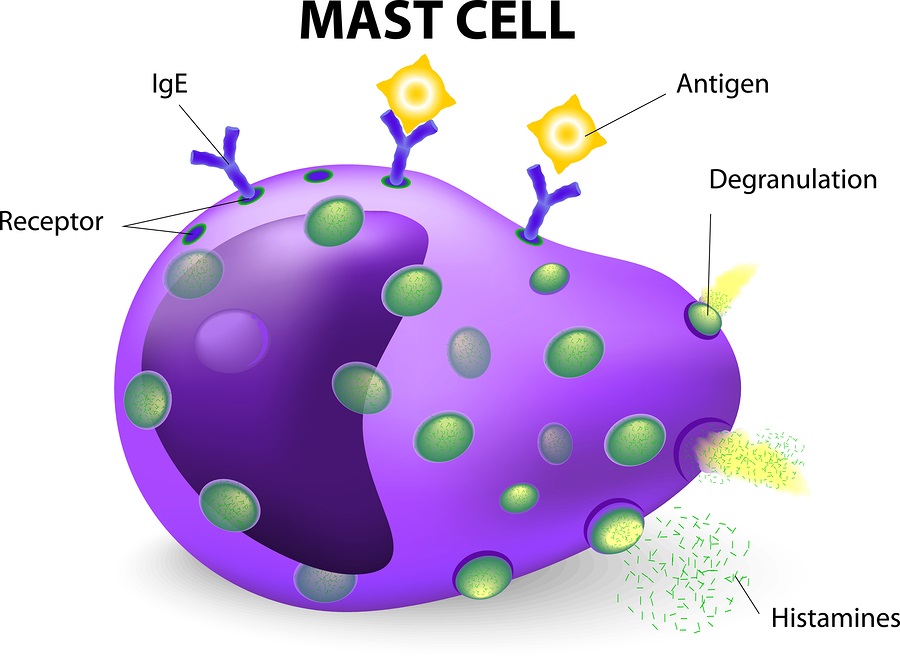Facing life with Mast Cell Activation Syndrome (MCAS) is a daily challenge for most patients. Adding some type of medical procedure to that daily challenge can feel truly daunting. Yet sometimes we have to have a cavity filled, have a preventative colonoscopy or have surgery. At these times, good preparation will help the procedure go more smoothly.
I’ve had an MCAS diagnosis for almost 2 decades, and I’ve faced all kinds of medical procedures, and I’ve learned what has worked well for me; however, I want to caution that each of us individually needs to determine what works best for us in these situations.
In my doctor’s attempt to figure out what was wrong with me when I first started exhibiting symptoms of no longer being able to eat certain foods, having acid reflux and stomach aches, my GI doctor sent me to have a CT scan. At that time, I had no idea I had MCAS, and had the CT scan done with contrast, meaning I swallowed a liquid with dye (the dye can also be injected via IV). I began feeling hot and nauseous and chalked it up to the nasty tasting formula. For the next several days, I felt like I was sick. Only after being diagnosed with MCAS was I told to never again get any type of test with dye injected or swallowed as this was a major trigger for most patients with MCAS. I was having an allergic reaction to the dye, and didn’t realize this was making my MCAS symptoms worse and not helpful to me at all. And it turned out the CT scan was normal!
The Mast Cell Disease Society has a document called Emergency Room Response Plan that is not only fillable for your particular details and gives details of medication an ER staff should use for a reaction, but it also delineates what medications you should stay away from. They also have a list of triggers here. I have learned to NOT rely on medical personnel, even in the ER, to know what MCAS is or what can trigger activation. I have to know what my triggers are, and how best to educate others as to what I can and cannot be given medically. This includes foods, medical procedures, and medications.
I have had cavities filled without a problem, and lidocaine works well for me. However I know of people with MCAS who cannot stand the vibration and the noise caused from the drill. And for some people, anxiety around going to a dentist can create enough stress that mast cells begin to activate.
Stress around a potential medical procedure needs to be well managed. Many of us have years of seeing doctors who tell us our symptoms are all in our heads, or we’ve been given an array of tests that make us sicker and we trial medications that we react to. It’s easy to see why we become stressed out with a potential medical procedure. We’ve had so many negative experiences, and we don’t want another bad situation to occur. I’ve found that explaining to my doctor my past experiences of what has worked well to be helpful. And I make sure the doctor knows exactly what I’m allergic to, and what drugs to stay away from. Most of the time I have to explain what MCAS is, and I’ve had doctors tell me there is no such thing. If they say that, then I know to go shop for a new doctor!
In the early years of trying to get a diagnosis, I had multiple endoscopies and colonoscopies. My GI doctor felt it was important to keep my body calmed down during these procedures and he would give me IV Benadryl before the procedure started. I didn’t have any issues with the endoscopies and colonoscopies other than I felt very exhausted after the procedure.
When I had a hysterectomy, this same GI doctor had me do a short course of Prednisone to calm down my system prior to going through a major surgery such as this. Again, the idea was to give my body the best chance of recovery without a reaction. I was able to get through the hysterectomy surgery fine, and my husband brought safe food to hospital for the 3 days I was there. However, the only pain medication that I can tolerate is Fentanyl, which I had through IV in the hospital and then through a patch when I went home, since having any medication go through my gut causes severe stomach upset, and yet I was still nauseated. I was put on a Scopolamine patch for this and ended up having hallucinations! Come to find out, many MCAS patients have difficulties tolerating Scopolamine, but once again I didn’t know this at the time, and neither did my doctor. It was a bumpy recovery for the first week, when I landed back in the ER for the hallucinations, but I demanded to have no medication patches and that I would just tolerate the pain. This worked for me.
I understand that not everyone would want to choose this course of action, however I can’t even take Tylenol without stomach upset. And it just isn’t worth it to me in most instances to take pain medications. I’ve had 5 breast biopsies – some stereotactic and some full surgeries to remove larger volumes of tissue – and I had to use a small patch of Fentanyl only once. I’ve found that if I just rest and take it easy, my body heals better than trying to take medication so that I can get moving back into my life quicker. And with the breast biopsies, a cold pack mitigated most of the pain for the first few hours after the procedure.
I recently had a preventative colonoscopy, and I was surprised how much easier it was this time than 10 and 15 years ago when I had my last ones. The GI doctor used Propofol, which was a much kinder drug to my system, and I chose to not have IV Benadryl because my MCAS is not as flared as it was years ago when I was first diagnosed. Also, the prep part of the procedure can be nasty since I can’t do anything but water during the prep day. Jello, popsicles, etc. all have dye in them which doesn’t work for me.
I was able to tolerate the Golytely prep just fine and only had to do 50% of it to be fully prepared for the procedure. That’s another thing I’ve learned – do what’s best for my body for the result that the doctor wants. My intestines aren’t those of a “normal” person, and therefore I don’t need to overdo the prep. The other thing that I’ve discovered that’s changed with a colonoscopy is the use of carbon dioxide rather than air for the doctor to get a better view of the colon. This allowed my intestines to absorb the carbon dioxide rather than having to pass air after the procedure, which can be quite loud and painful!
Medical procedures with MCAS require that we become our own advocate. Make sure to educate all medical personnel about your history of reactions, what works well and what is likely to be a trigger. Keep your stress level as low as possible by having a good friend or family member with you for every procedure. You don’t have to do this solo! And make sure they have all your medical history too. Then you can relax, as much as possible, and sail through your procedure!










